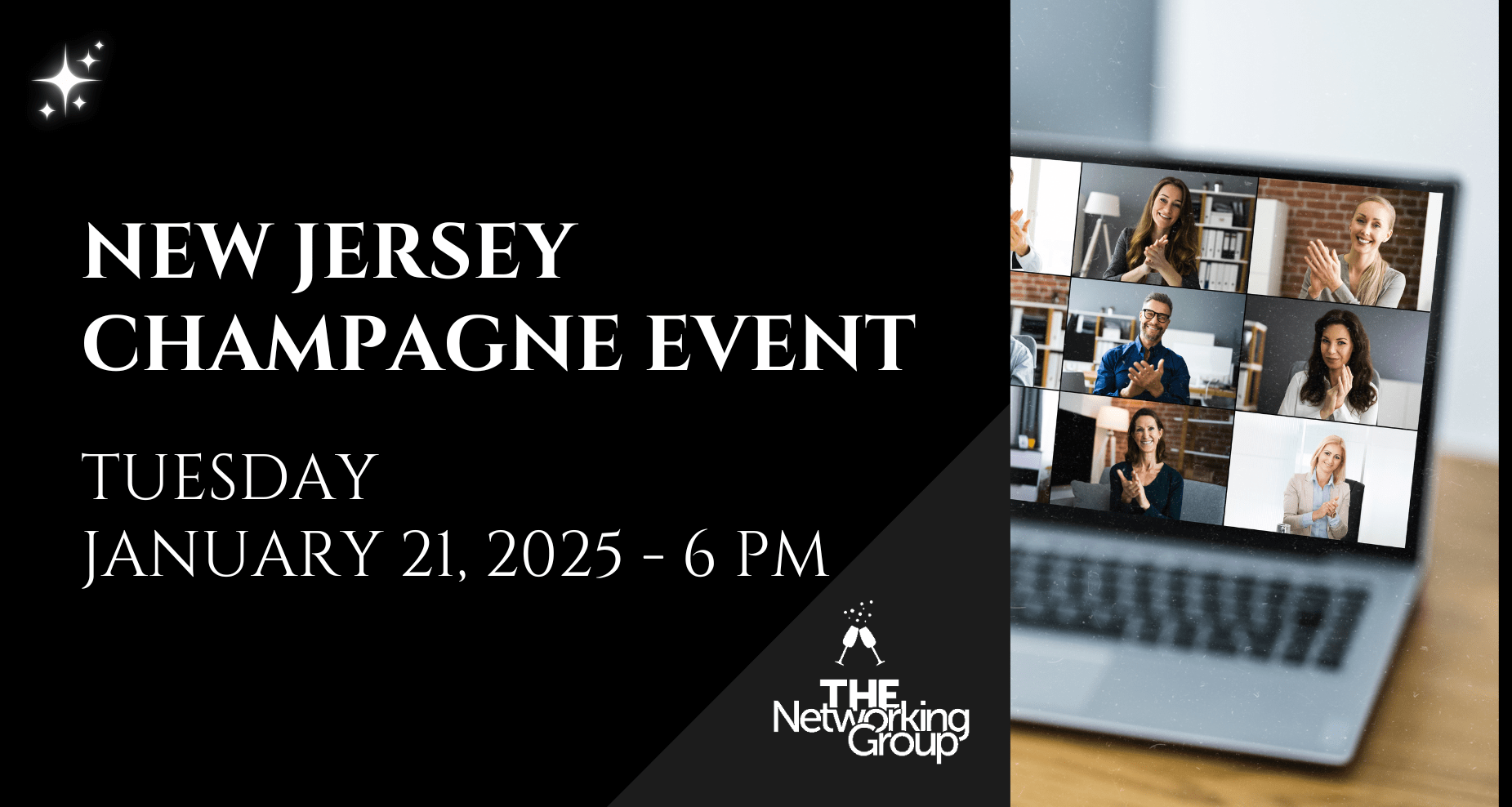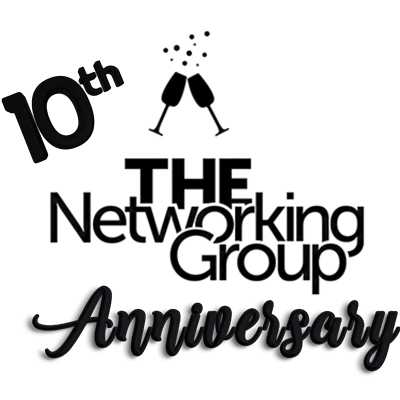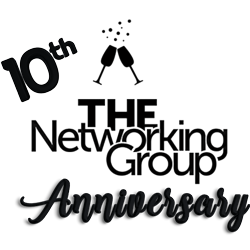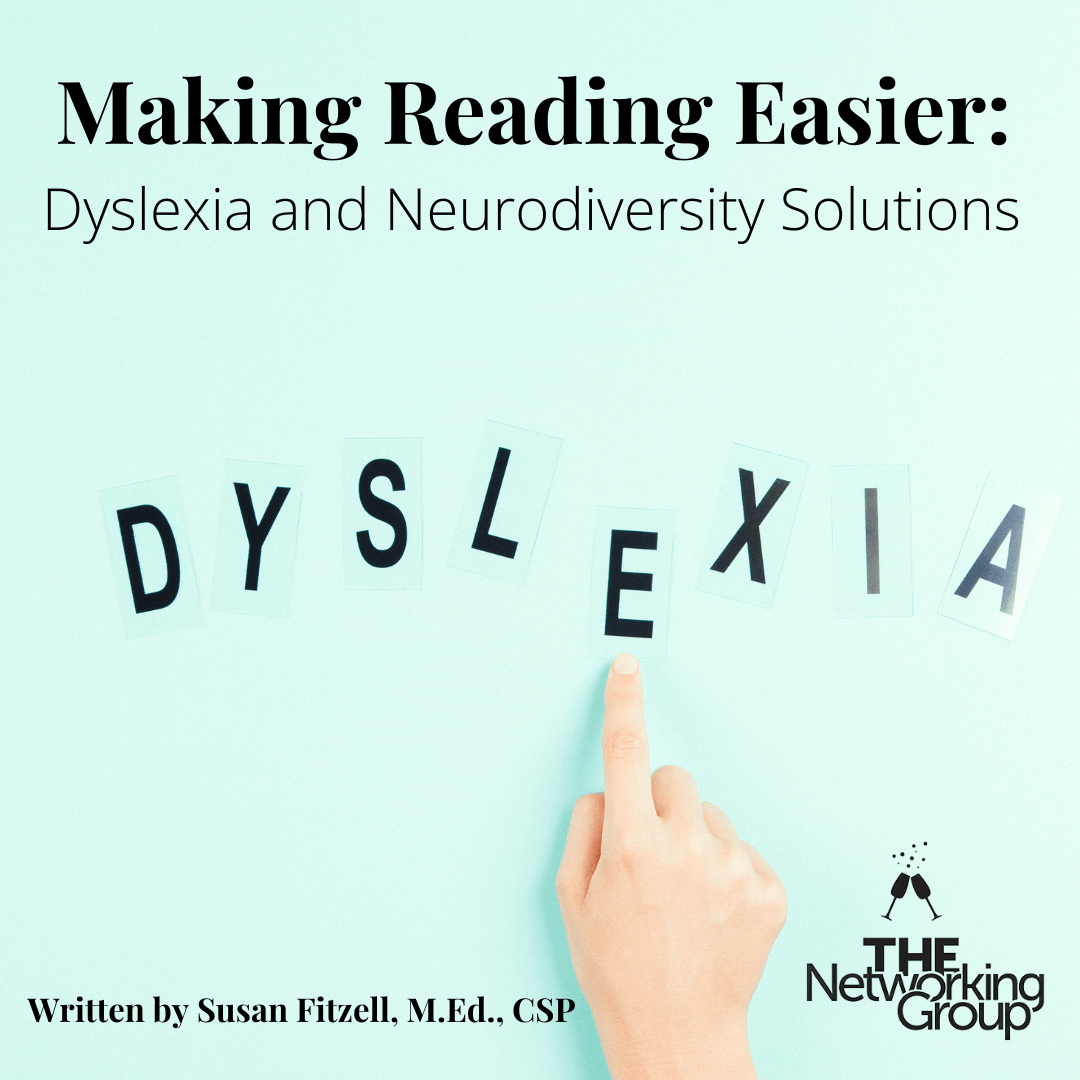Written by: Susan Fitzell, M.Ed., CSP
My Journey with Dyslexia
Reading has always been a challenge for me. I can read, but I’m a very slow reader. When my son’s eye doctor diagnosed him with dyslexia*, I decided to get an eye exam for myself and his sister, too. During my exam, the doctor said, “Well, the apple doesn’t fall far from the tree. You are also dyslexic!” This was my first diagnosis under the neurodivergence umbrella.
Struggling with Edits
Fast-forward a few years. I was working on my book, “RTI for Secondary Teachers,” and received the copy edits from my editor at Corwin. The recommended changes were in Times New Roman, 12-point font. I was in a hotel all week, presenting daily and editing from my room. At home, I have a big-screen monitor and a standing workstation, and I rarely sit at the computer.
I was afraid to change the font to sans serif because I thought it might mess up the formatting. So, I spent over three hours trying to edit the first chapter. The serifs seemed to float together on the page. I would read and re-read, but I just couldn’t focus.
A Simple Solution
Finally, I called my business manager, who has seen me present hundreds of times. He asked, “Can’t you set up a standing station to work and change the font?” I looked around the room and realized that putting my carry-on luggage on the desk would be just the right height for me to work while standing. Then, hoping not to ruin the formatting, I changed the font to Century Gothic and increased the size to 14 points.
I couldn’t believe the difference! For years, I had been telling teachers to do this, but had never actually compared the difference myself. I rarely work in Times New Roman. With the new font, I was able to focus for hours. The font no longer ran together, and I got the job done in the evenings after working all day. When I finished the chapter, I changed the font back to Times New Roman. My editor never complained, and I completed a project that had seemed almost impossible at the start.
Easy-to-Read Guidelines
The International Association of Library Associations and Institutions guidelines for easy-to-read materials highlight the importance of making reading materials accessible to everyone. In most developed countries, 25 percent of adults do not reach the expected reading skill and fluency level after nine years of formal education.
“Easy-to-read” materials can include materials that have been visually reformatted, revised for easier content, or both. Readers with dyslexia and other reading difficulties can greatly benefit from simple changes to font type and size. Dyslexia affects 5-10 percent of the population and makes it hard to decode and spell words, even though understanding is not an issue.
Recommended Fonts and Sizes
Converting reading materials to a sans-serif font and increasing the size can make a big difference for those who struggle with reading. Recommended fonts for dyslexic readers include Arial, Comic Sans, Verdana, Tahoma, Century Gothic, Trebuchet, Calibri (now the default font in Microsoft), and Open Sans. Font size should be 12-14 points or the equivalent. There is also a font created specifically for dyslexics: The Dyslexie Font.
Additional Tips for Better Readability
Other changes, such as printing assignments on matte paper (without glare) and using a solid background, can make a big difference for students with dyslexia and other reading issues. Making materials clear and readable can also benefit students with attention disorders like ADHD and students with autism. A student with ADHD might abandon their reading assignment if it’s too difficult, but if it’s formatted for easy reading, there’s one less distraction.
Simple Changes, Big Impact
Anyone can make these small changes with just a few clicks. I’ve seen for myself what a difference a simple font change can make, and I believe it can help struggling or slow or dyslexic readers. *Person-first language is used in this article because that is the expected professional language in K-12 schools.

Upcoming Events

Atlanta/Philadelphia/San Francisco Champagne Event
